I currently have a ScrollView and inside the ScrollView i have a UIImageView.
I get different image sizes from my server and most images are larger than the bounds of my screen.
I would like to scroll through the image if it is bigger than my screen.
Something like this....

This is what i have tried so far.
let image = UIImage(named: "myImg")
let heightInPoints = image?.size.height
let heightInPixels = heightInPoints ?? 0 * image!.scale
let widthInPoints = image?.size.width
let widthInPixels = widthInPoints ?? 0 * image!.scale
self.imageView.frame = CGRect(x: 0, y: 0, width: widthInPixels, height: heightInPixels) //= image
self.imageView.image = image
scrollView.contentSize = CGSize(width: imageView.frame.width, height: imageView.frame.height)
But it doesn't seem to work. Either it only scrolls vertically or horizontally or it never scrolls.
What am I doing wrong. Or is there a better approach to get this effect ?